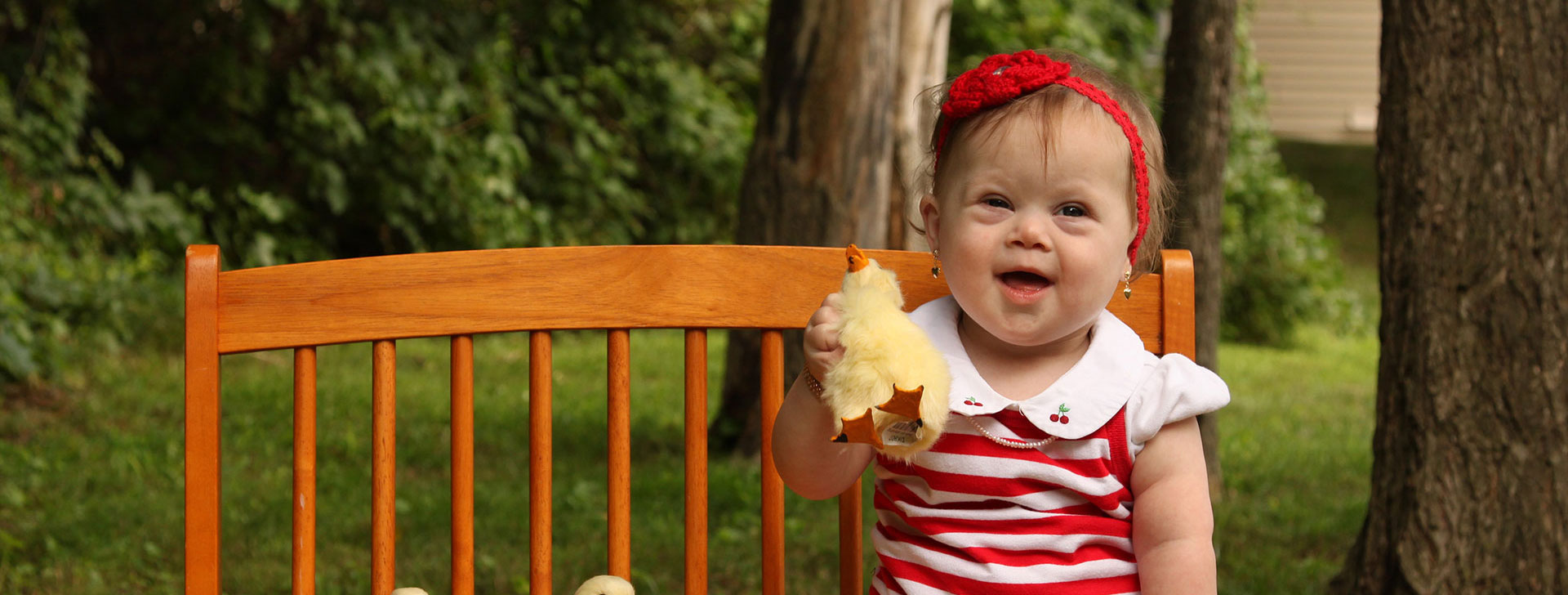Learn to Listen Listen to Learn
An important part of a child’s development is learning to listen. We depend on this lifelong skill to gain new information. It is a key component for following directions and answering questions while participating in daily experiences and routines. It also plays a big role in keeping our children safe and healthy. Here are some “listening” pointers to help your child optimize his skills.
Set a good “listening” example:
- Stop what you are doing and give your child your full attention.
- Look at your child when he is speaking. Get on his level, and make eye contact.
- Listen to what your child is saying, even if you don’t understand every word.
- Respond to what your child is communicating.
- Whether your child is just babbling or using sentences, give some form of verbal response to acknowledge his communication attempts.
- Create an optimal “listening” environment.
- Make sure your child is ready to listen. Get your child’s attention before you begin to speak.
- Remove background noise so there are no sounds competing for your child’s attention.
- Get on your child’s level. Remember to stand or sit still so your child does not have to do extra work to maintain eye contact and attention.
- Use appropriate “listening” language.
- Use language at your child’s communication level. If your child is using single words or simple two-word phrases, give directions and information in the same format.
- Use vocabulary your child will understand.
- Allow appropriate “listening” processing time.
- State the direction or information one time and then give extra time for processing. Remain silent while your child is thinking.
- Use gesture or sign cues to help your child understand the information.
- Repeat or rephrase your questions or directions if your child is having difficulty understanding, but only after you have given adequate processing time.
- Follow through with your requests.
- Help your child understand that information you give is important. Assist in completing a direction or task.
- Give models of correct responses to questions.
- Using these strategies in your daily routine will help your child learn to listen and listen to learn.
Beth Cooper, M.S., CCC-SLP
Rehabilitation Associates, P.C.
DSAHR Advisory Board Member
Adapted with permission from the Downright Active Newsletter

